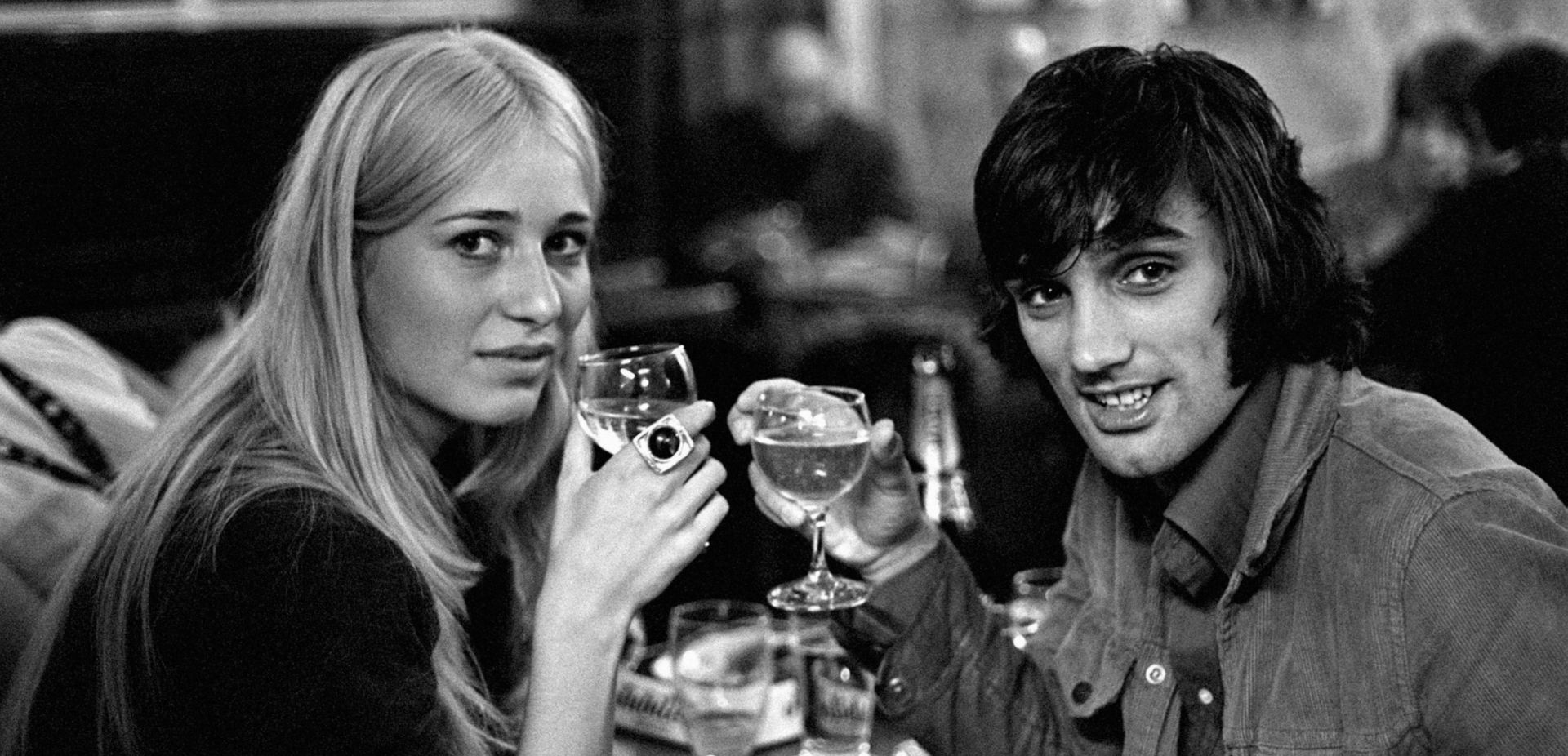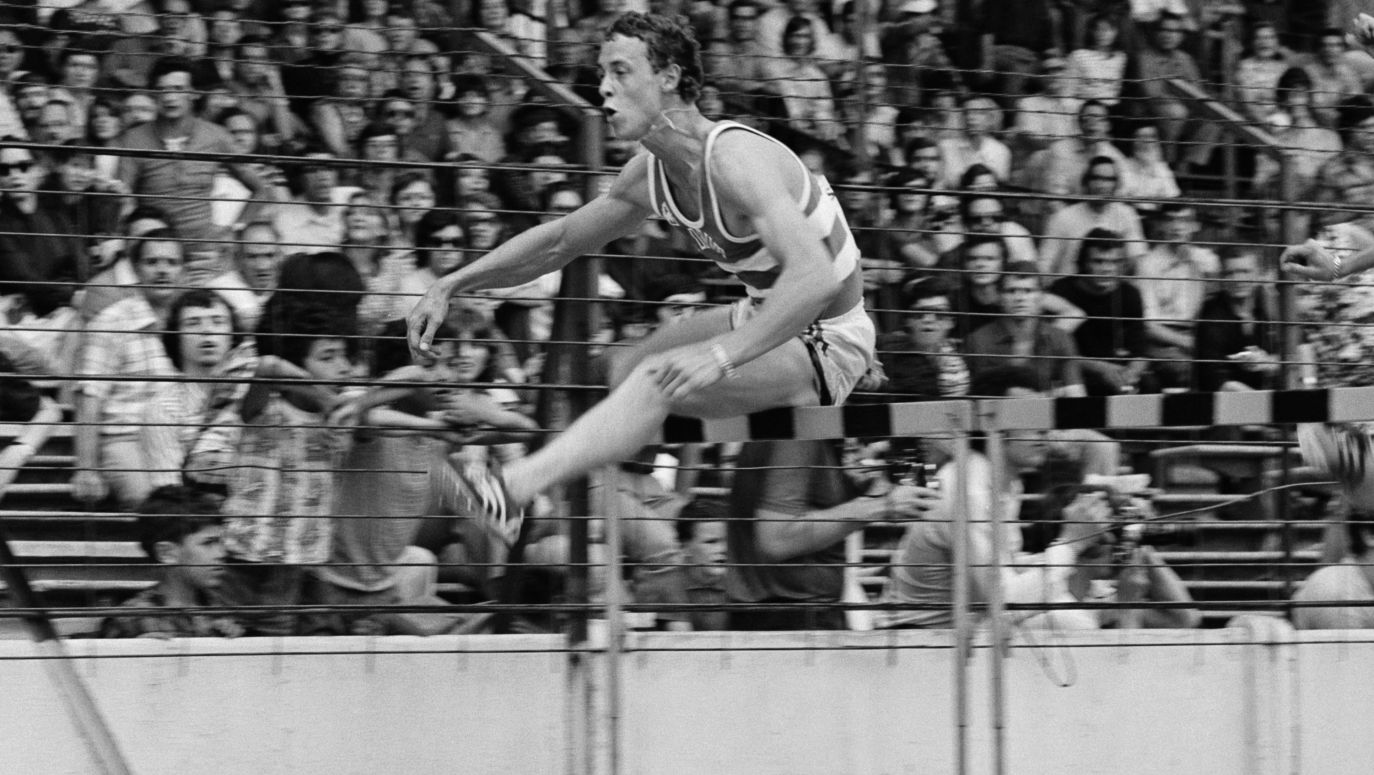Is there a logical, irresistible argument to justify addiction to drugs and, at the same time, professional sport? Of course it can: addictions are sometimes stronger than willpower and intellect.
Should success in arenas achieved by alcoholics, for example, be considered a miracle of sporting genius? Yes and no. Undoubtedly people like Best or Nykänen had uncommon talents and iron bodies that were more slowly destroyed by the qualities with which nature had armed them.
Moreover, they did not always compete drunk, sometimes in sanitary breaks from drinking, which probably prolonged their careers. The type of sport practised is also of great importance. Especially the motor base and mental qualities needed for a particular sport.
A striker, like a jumper, does not have to rack up the miles to build up solid endurance, something that cannot be done with an alcohol-stressed body. Reflexes, bravado and motor automatism are enough to get the job done. At least for a while.
However, no marathon runner can afford alcoholic strings or to puff fag after fag like Drut. Neither can a road cyclist, volleyball player or basketball player. No one who practices a sport based on endurance - although there are undoubtedly exceptions.
A new chapter in this story is drugs such as cocaine, amphetamines, ecstasy, etc., etc. This problem is also growing in sport. In the eyes of sporting law, drugs are doping, but sport has become entangled with doping, although it still pretends to fight against it.
Recovery from addiction is not easy, but it is possible. Even in seemingly hopeless cases. The example of Jurek Górski confirms this. It does not happen by itself. However, determination and awareness of the disease does not hinder, but can help.
– Marek Jóźwik
– Translated by Tomasz Krzyżanowski
TVP WEEKLY. Editorial team and jornalists
At the turn of the 1960s and 1970s, the author was an athlete, hurdler and three-time champion of Poland. In 1972 he competed at the Olympic Games in Munich, where he reached the semi-finals in the 110 metres hurdles run. After ending his sports career, he became a journalist and sports commentator, among others, for TVP.







